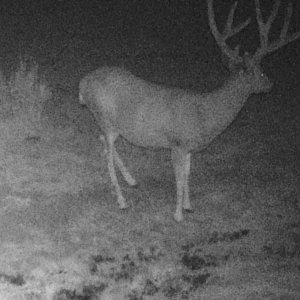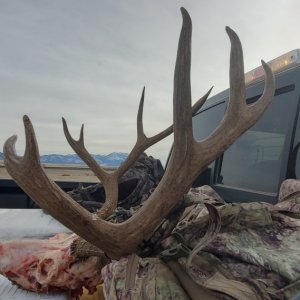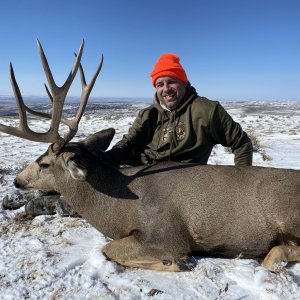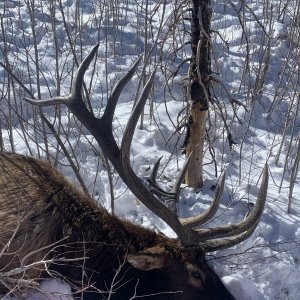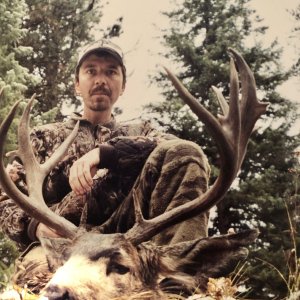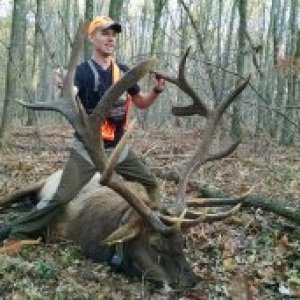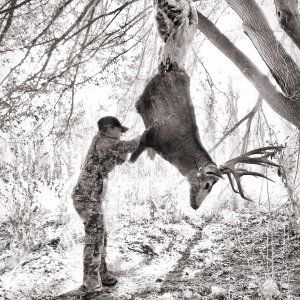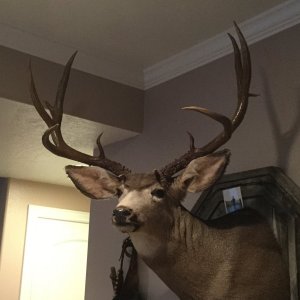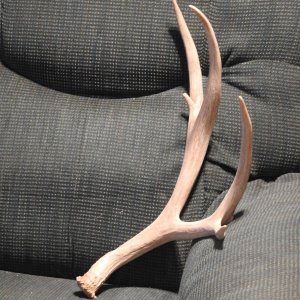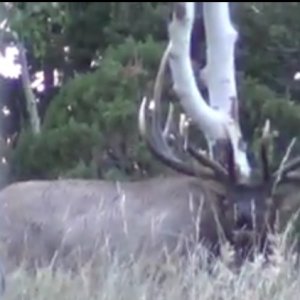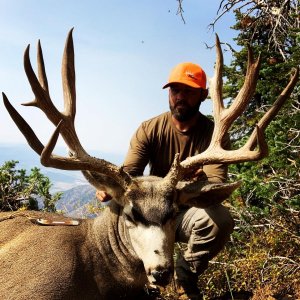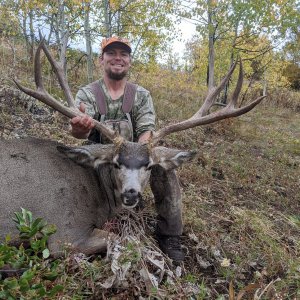SureShot
Very Active Member
- Messages
- 1,278
Brian recently made a proposal to improve the quality of deer hunting in Utah. As I was sitting here reading the latest round of comments on the Arizona situation, a thought occurred to me. Rather than trying to prevent the same situation from occurring in Utah, maybe we could use it to improve the deer herds here.
Now, before you stone me to death, let me explain.
Utah currently allows approximately 90,500 general season deer permits. (I assume the limited entry tags account for approximately 6,500, bringing the total permits to the 97,000 number we hear about. I'll limit this proposal to the general tags, but the same principle probably applies to the LE hunts, as well.) Residents pay $35 for a tag; non-residents pay $208. That's almost six times as much for non-residents. Last year's quota for residents and non-residents broke down as follows:
- Residents were allotted 80,450 tags (89%) with revenue potential of $2.8 million.
- Non-residents were allotted 10,073 tags (11%) with revenue potential of $2.1 million.
So, it looks like the state is hoping to raise almost $5 million off of the general season deer permits.
If we didn't separate the quotas for residents and non-residents and kept the revenue target at $5 million, for every additional non-resident that was successful we could essentially cut the number of permits available by five--if the biologists thought it would help the herds. At first, the total number of permits would go down, but it would result in less pressure, more bucks, higher success rates and bigger deer taken.
Wait a minute! Bigger deer taken? How do you figure? If there are fewer hunters--less competition--those that are lucky enough to get a tag will most likely hold out for a nicer buck. They know they may not get to hunt every year, so they'll take advantage of the opportunity. It's the same principle that applies to the LE hunts today. How many hunters settle for a two-point on the Book Cliffs or the Paunsaugunt?
Eventually, we would reach a balance where permit numbers could rebound a little bit and the state would actually generate more revenue. However, the overall mindset of hunters would be permanently changed and the quantity and quality of bucks would go up, thus continuing to feed the idea that you should pass on the little guys and wait for a nicer buck to show up--because he most likely will.
OK, now you can stone me to death.
Now, before you stone me to death, let me explain.
Utah currently allows approximately 90,500 general season deer permits. (I assume the limited entry tags account for approximately 6,500, bringing the total permits to the 97,000 number we hear about. I'll limit this proposal to the general tags, but the same principle probably applies to the LE hunts, as well.) Residents pay $35 for a tag; non-residents pay $208. That's almost six times as much for non-residents. Last year's quota for residents and non-residents broke down as follows:
- Residents were allotted 80,450 tags (89%) with revenue potential of $2.8 million.
- Non-residents were allotted 10,073 tags (11%) with revenue potential of $2.1 million.
So, it looks like the state is hoping to raise almost $5 million off of the general season deer permits.
If we didn't separate the quotas for residents and non-residents and kept the revenue target at $5 million, for every additional non-resident that was successful we could essentially cut the number of permits available by five--if the biologists thought it would help the herds. At first, the total number of permits would go down, but it would result in less pressure, more bucks, higher success rates and bigger deer taken.
Wait a minute! Bigger deer taken? How do you figure? If there are fewer hunters--less competition--those that are lucky enough to get a tag will most likely hold out for a nicer buck. They know they may not get to hunt every year, so they'll take advantage of the opportunity. It's the same principle that applies to the LE hunts today. How many hunters settle for a two-point on the Book Cliffs or the Paunsaugunt?
Eventually, we would reach a balance where permit numbers could rebound a little bit and the state would actually generate more revenue. However, the overall mindset of hunters would be permanently changed and the quantity and quality of bucks would go up, thus continuing to feed the idea that you should pass on the little guys and wait for a nicer buck to show up--because he most likely will.
OK, now you can stone me to death.

